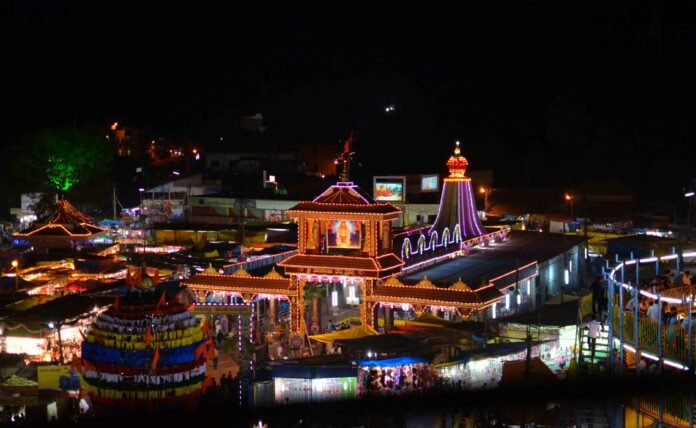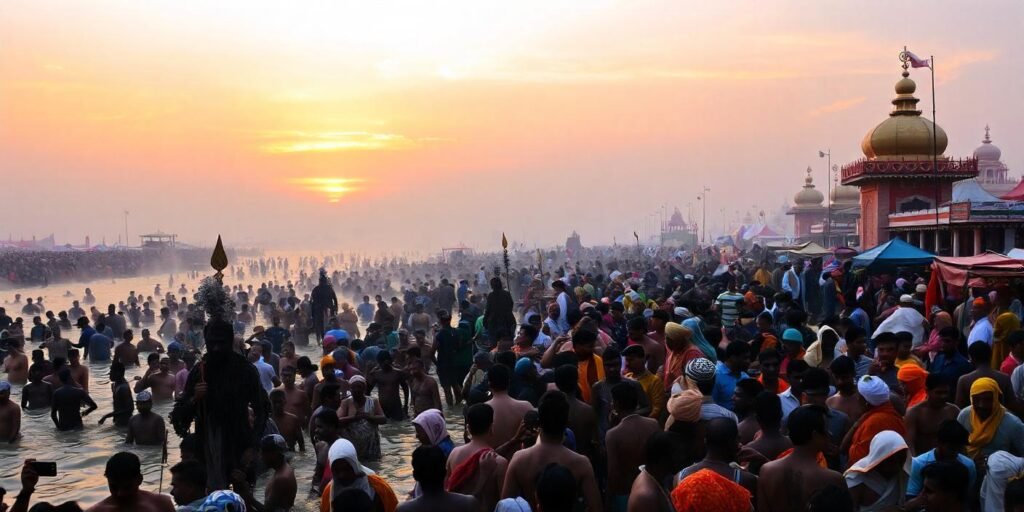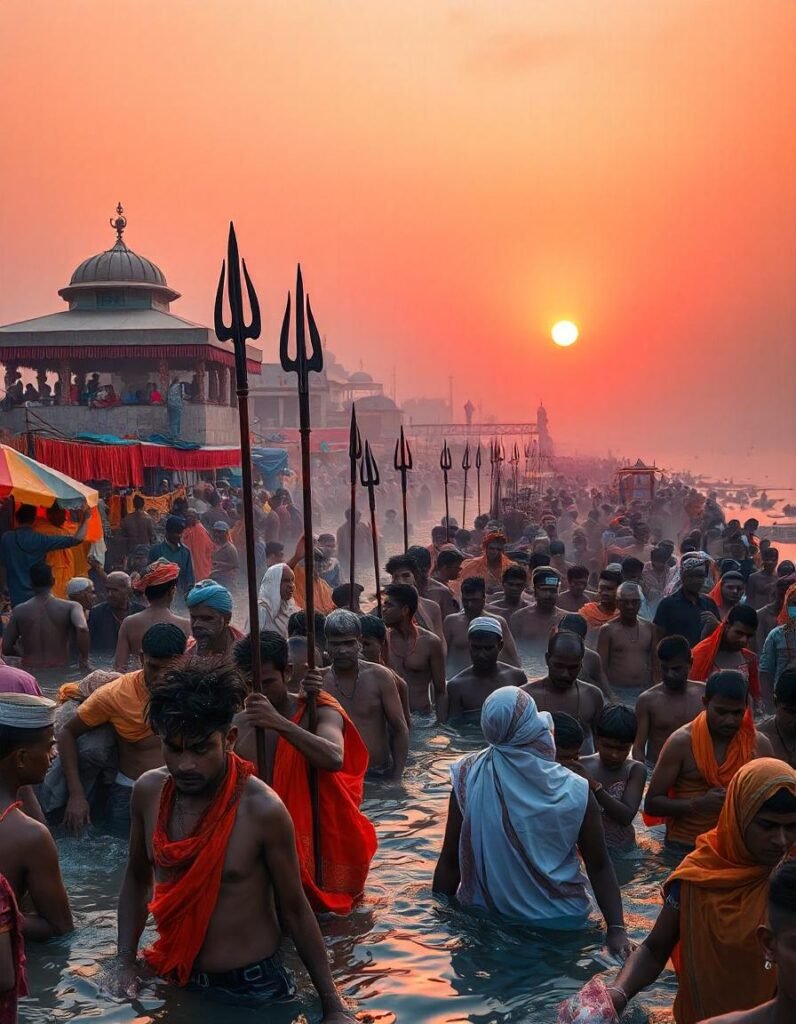India, a land of ancient traditions and rich cultural heritage, hosts many festivals that capture the essence of its diverse spiritual ethos. Among these, the Kumbh Mela stands unparalleled. Recognized as the largest gathering of humanity on Earth, the Kumbh Mela transcends mere religious significance to become a grand celebration of faith, devotion, and unity.
What is the Kumbh Mela?
The Kumbh Mela is a mass Hindu pilgrimage where millions of devotees converge to take a holy dip in sacred rivers. This act is believed to cleanse one’s sins and pave the path to moksha (liberation). Held every 12 years, the event rotates among four sacred sites in India—Haridwar, Allahabad (Prayagraj), Nashik, and Ujjain—each associated with significant rivers like the Ganga, Yamuna, Godavari, and Shipra.
According to Hindu mythology, the origins of the Kumbh Mela trace back to the ancient tale of the Samudra Manthan, or the churning of the ocean of milk. During this cosmic event, a pot (“Kumbh”) containing the nectar of immortality was retrieved, and drops of this nectar fell at the four locations where the Kumbh Mela is held today.
The Spiritual Magnetism of Kumbh
The Kumbh Mela is much more than a religious gathering. It’s an immersive experience that attracts people from all walks of life, including ascetics, saints, scholars, and international visitors curious about Indian spirituality. The event’s spiritual energy is amplified by the presence of sadhus and mystics, many of whom live in seclusion in the Himalayas but emerge during the Kumbh Mela to bless devotees and participate in rituals.
One of the most iconic sights of the Kumbh Mela is the Shahi Snan (royal bath), where Naga sadhus, covered in ash and adorned with rudraksha beads, lead the procession to the river. The sight of these ascetics, with their profound devotion and fierce austerity, adds a mystical aura to the event.
Rituals and Activities
At the heart of the Kumbh is the ritual of bathing in the holy river. However, the event also features various other spiritual and cultural activities:
Discourses and Satsangs: Spiritual leaders and gurus hold discourses, spreading messages of peace, love, and dharma.
Yagyas and Pujas: Sacred fire rituals and prayers are conducted to invoke divine blessings.
Religious Parades: Elaborate processions featuring saints, chariots, and decorated elephants are a visual treat.
Cultural Performances: Folk dances, music, and plays depicting mythological stories add to the festive spirit.
Meditation Camps: Organized spaces for guided meditation and mindfulness practices provide visitors with a chance to reflect and rejuvenate.
The Scale and Management of Kumbh Mela
Organizing the Kumbh Mela is a colossal undertaking. Temporary cities spring up to accommodate millions of pilgrims, complete with makeshift roads, tents, healthcare facilities, and sanitation systems. The government’s meticulous planning ensures smooth operations, making the Kumbh a marvel of logistics.
In recent years, technology has played a pivotal role in enhancing the experience for visitors. Mobile apps, digital maps, and online services provide real-time updates and guidance. The 2019 Kumbh in Prayagraj even received recognition from UNESCO as an “Intangible Cultural Heritage of Humanity.”
The Global Appeal
While the Kumbh Mela is deeply rooted in Hindu tradition, its universal appeal lies in its underlying message of unity and spirituality. Tourists and researchers from across the globe flock to witness this extraordinary event, drawn by its sheer scale and cultural richness. For many, the Kumbh Mela offers a chance to connect with humanity and experience the profound harmony that defines Indian spirituality.
Environmental Significance
The rivers associated with the Kumbh Mela hold immense ecological importance. Efforts are made to ensure that the event promotes environmental awareness and river conservation. Initiatives such as cleaning drives and eco-friendly practices during the Kumbh Mela underline the responsibility of preserving these sacred water bodies.
A Journey of Faith
The Kumbh Mela is not just an event; it’s a journey of faith, hope, and self-discovery. For the millions who attend, it’s an opportunity to connect with their spiritual roots and seek divine blessings. For onlookers, it’s a chance to witness humanity’s collective devotion in its most spectacular form.
In the words of Mark Twain, who once attended the Kumbh Mela: “It is wonderful, the power of a faith like that, that can make multitudes of the old and weak and the young and frail enter without hesitation or complaint upon such incredible journeys and endure the resultant miseries without repining.”
Whether you’re a believer or an observer, the Kumbh Mela is an experience that leaves an indelible mark on the soul. It’s a testament to the enduring power of faith and the timeless appeal of India’s spiritual heritage.






